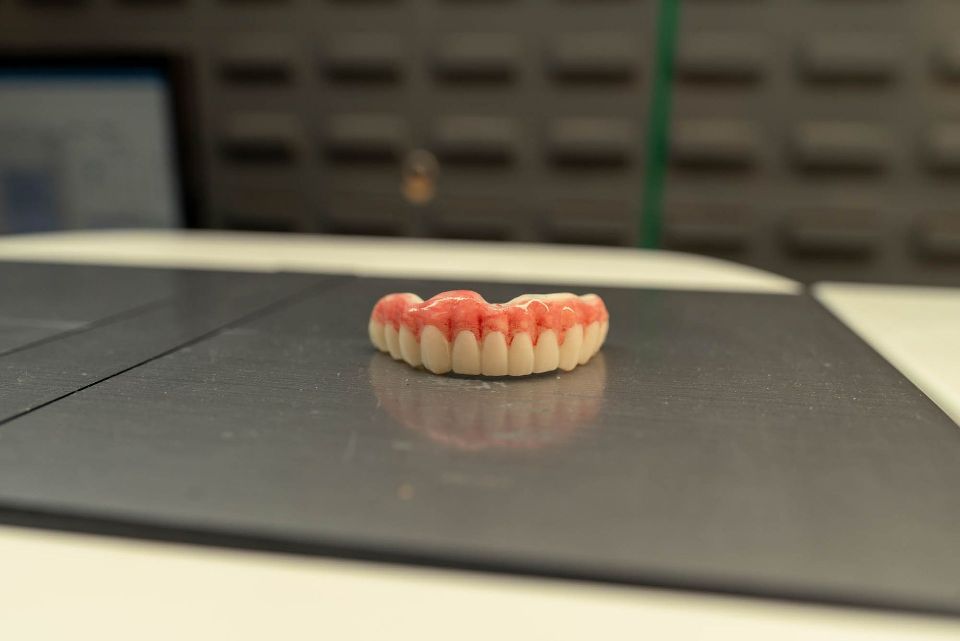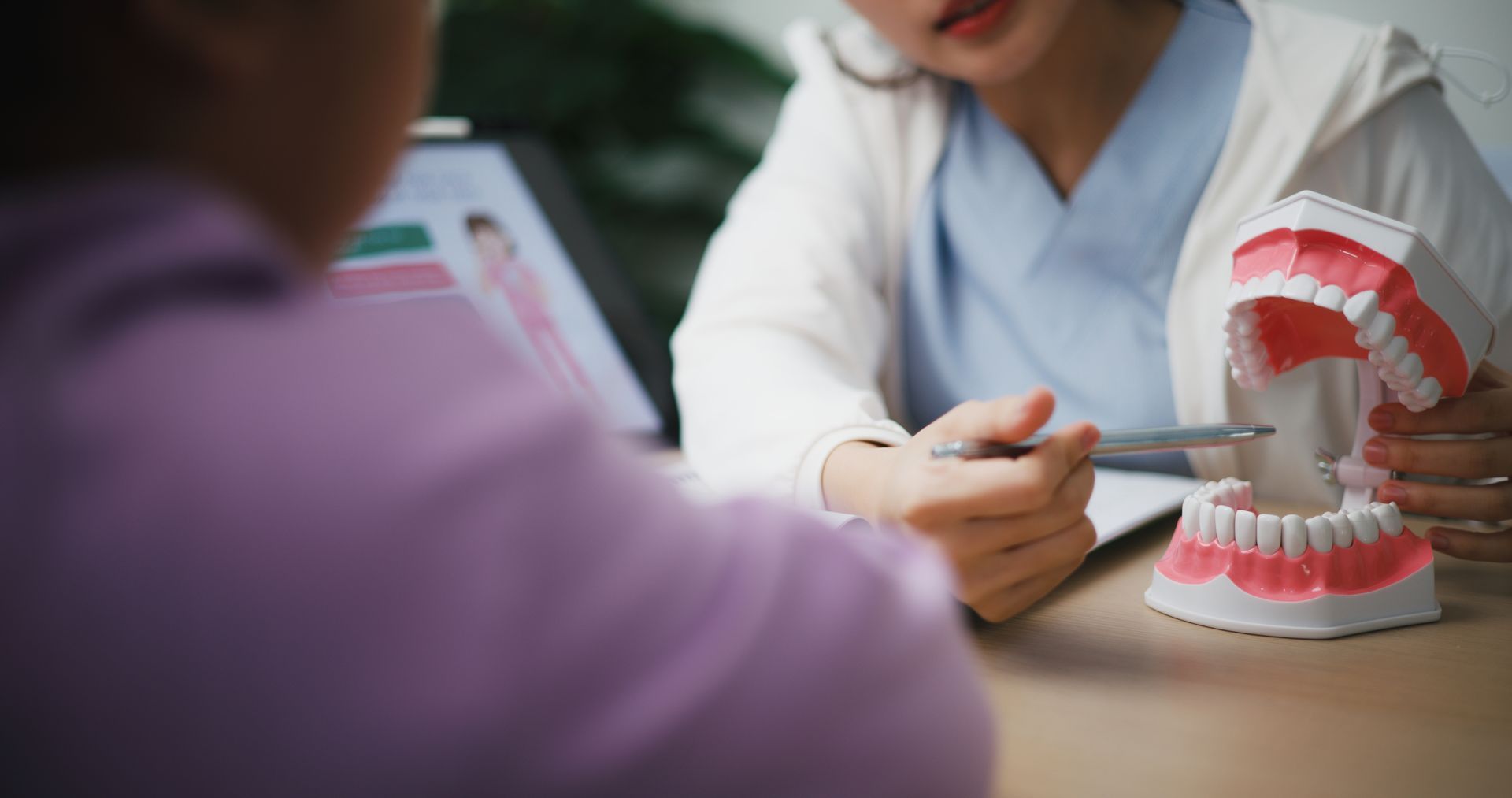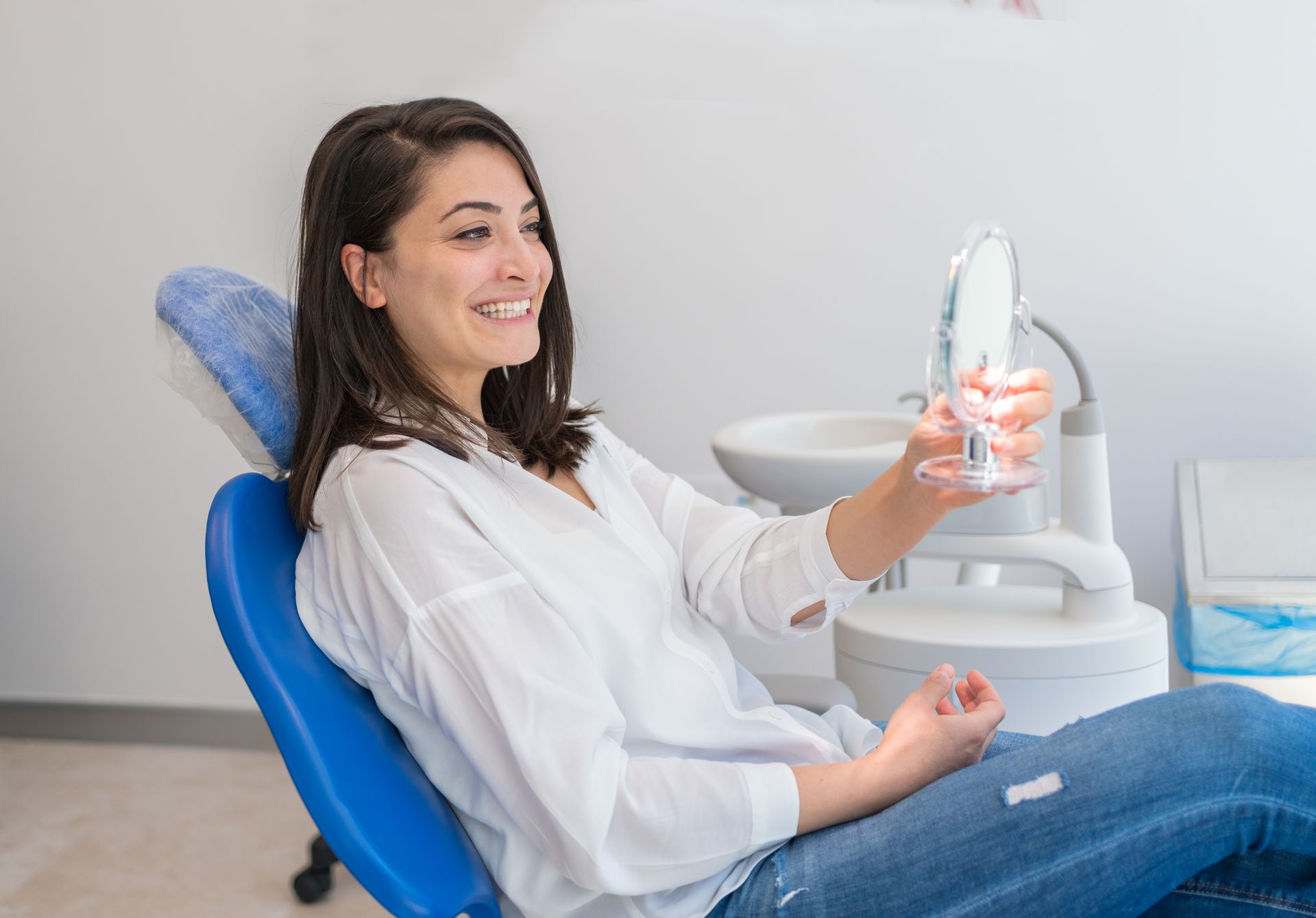BLAST Protocol in Irvine, CA
BLAST protocol for Dental Implants
Dental implants require the same care as your natural teeth. It is a common misconception that dental implants aren't 'real' and therefore don't need to be brushed or flossed. Although dental implants cannot become infected, they can still accumulate bacteria which can cause disease.
The infection that spreads around the implant can eventually destroy the bone that holds it in place.
Your dental implant would have to be removed if it did not have a supporting bone. The BLAST protocol helps maintain implant health, by maintaining healthy gums and bones.

What is the BLAST Protocol?

The BLAST protocol has two phases.
- Activation phase: The BLAST protocol activates and decontaminates implant placement sites. This combination creates a perfect environment for the success of dental implants.
- BLAST Phase of Maintenance: After the dental implant has been placed, the BLAST phase of maintenance reduces harmful bacteria during your regular follow up appointments. This can cause infections around your implant.
Benefits of BLAST protocol
- Reducing harmful bacteria in the mouth
- Implants that integrate better into the bone
- Reduce inflammation around dental implants
- Fibrosis (induction of collagen formation)
- Activation natural growth factors


BLAST Advantages
- Dispose of harmful bacteria. Microflora present in the mouth prior to the placement of a dental implant can influence the growth and development on or around the dental implant. After extractions, bacteria can be found in the healed bone and reinfect the area surrounding the implant. We can reduce harmful bacteria prior to implant placement and help prevent immediate infections.
- Low laser energy provides a unique patient experience. It is relaxing and soothing.
- Use antibacterial rinses sparingly to avoid disrupting the healing process.
- The Laser energy stimulates the body's production of growth factors, which promote healing.
- Laser therapy has been proven to be more efficient at reducing periodontal bacteria.
Common Questions about BLAST
What is BLAST in dentistry?
BLAST stands for Biologically Logical Atraumatic Surgical Technique. It is a surgical approach used primarily in dental implantology that emphasizes preserving the natural bone and soft tissue. The technique focuses on minimizing trauma during surgery by using low-speed drilling without irrigation and by maintaining the biological viability of the bone. This leads to better healing, improved implant integration, and long-term success.
How is BLAST different from traditional implant techniques?
Traditional implant surgery often involves high-speed drilling and irrigation, which can lead to bone overheating and damage to the surrounding tissues. In contrast, BLAST uses a more conservative and biologically mindful approach. Drilling is performed at slow speeds with minimal or no irrigation, allowing the preservation of bone cells and reducing inflammation. The goal is to support the body’s natural healing processes, leading to more stable implants and healthier outcomes.
Is BLAST a type of dental implant?
No, BLAST is not a brand or type of implant. It is a surgical technique used during the placement of dental implants. The method can be applied to many types of implant systems and brands. Its purpose is to enhance the biological environment during surgery, improve implant integration, and reduce the risk of complications by focusing on gentle tissue handling.
Who can benefit from BLAST in dental treatments?
BLAST is beneficial for a wide range of patients, especially those with low bone density, thin ridges, or previous bone loss. It's particularly helpful in cases where preserving the existing bone structure is crucial—such as in immediate implant placement or areas with aesthetic concerns. Patients seeking less invasive procedures with reduced recovery time can also benefit greatly from BLAST.
Is BLAST suitable for all types of implants?
Yes, BLAST is a technique rather than a product, and it is generally compatible with all major dental implant systems. Its focus is on how the implant site is prepared, rather than the implant itself. Most dentists can adapt the BLAST protocol to different implant shapes, surfaces, and sizes, tailoring it to the needs of each patient and implant system used.
Why do dentists use the BLAST technique?
Dentists use BLAST because it offers a safer and more biologically compatible approach to dental implant surgery. The technique helps maintain the quality of the bone and surrounding tissues, which is critical for the success of an implant. It also minimizes post-surgical discomfort, reduces the risk of implant failure, and promotes quicker healing. For patients, this often translates to a smoother experience with fewer complications.
Does BLAST reduce pain after implant surgery?
Yes, one of the key advantages of the BLAST technique is the reduction in post-operative discomfort. Because the technique is minimally invasive and avoids unnecessary trauma to the bone and surrounding tissues, patients often report less pain, swelling, and bruising after the procedure. This can lead to a faster and more comfortable recovery period compared to traditional methods.
How does BLAST help preserve bone during surgery?
The BLAST technique emphasizes slow, controlled drilling without the use of irrigation, which avoids overheating the bone—a common cause of cell death and resorption in traditional implant surgery. By preserving the blood supply and minimizing damage to the bone cells, BLAST helps maintain bone volume and density, which are essential for long-term implant success.
What tools are used in the BLAST technique?
Dentists use specialized surgical tools for the BLAST method, including low-speed handpieces, depth-controlled drills, and devices designed to handle tissues gently. These tools allow for precise preparation of the implant site while reducing heat generation and trauma. The absence of irrigation during drilling also means the tools must be sharp and efficient at lower speeds.
Is BLAST more expensive than traditional methods?
While BLAST may involve specialized tools or training, the overall cost to the patient is often comparable to traditional techniques. In some cases, it can actually be more cost-effective because it may reduce the need for bone grafts, sinus lifts, or additional surgical interventions. Fewer complications and faster healing can also translate into fewer follow-up appointments and reduced long-term costs.

